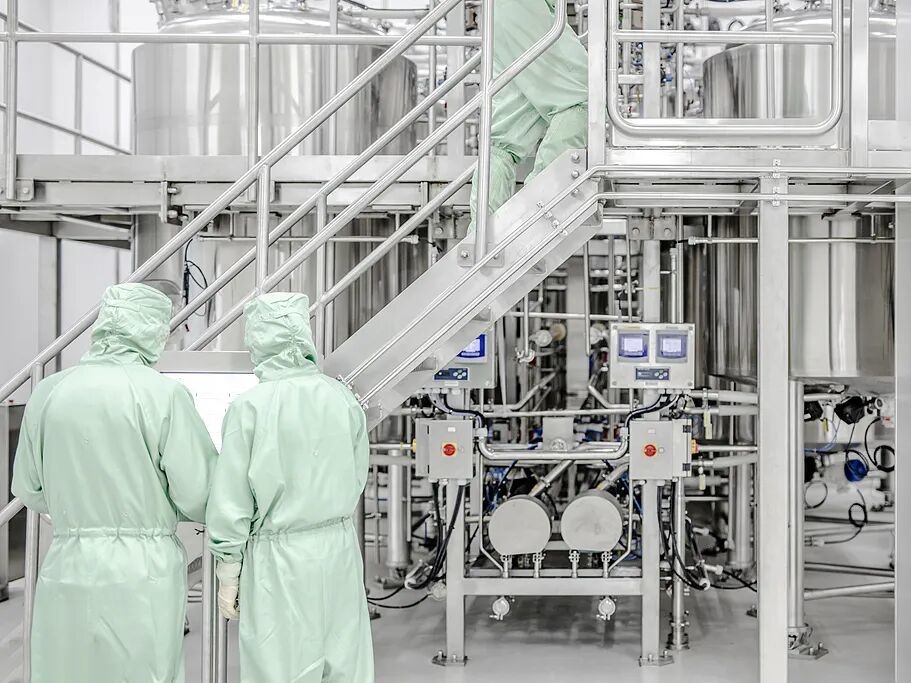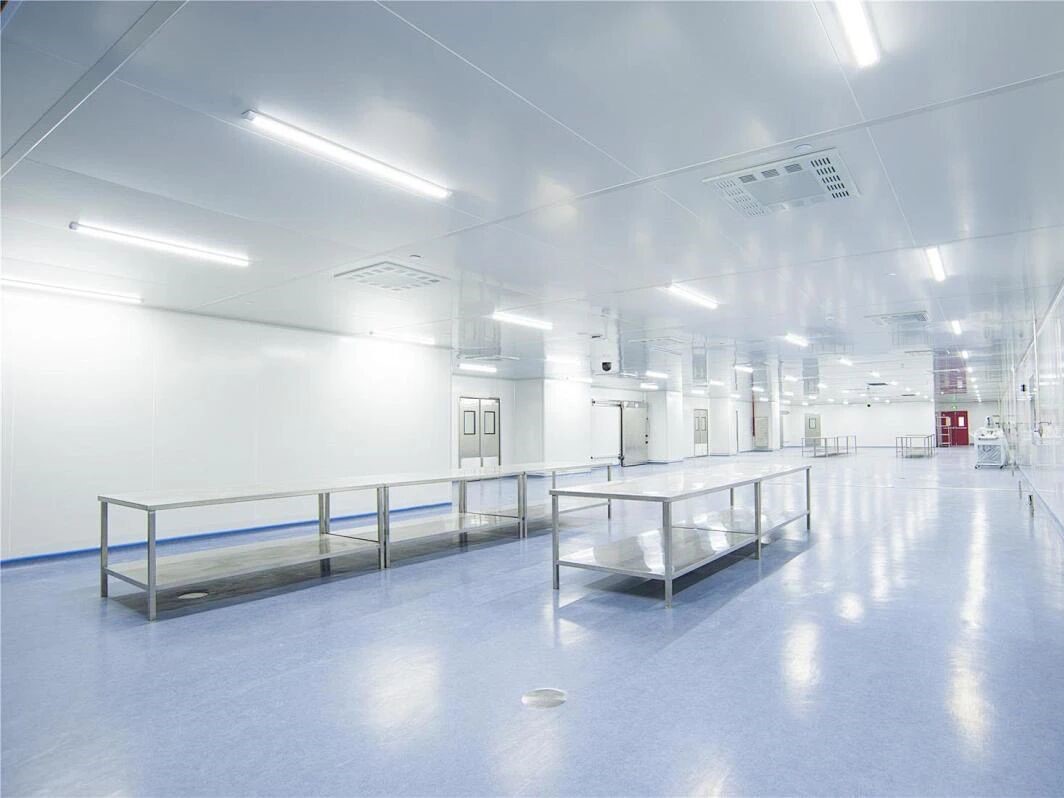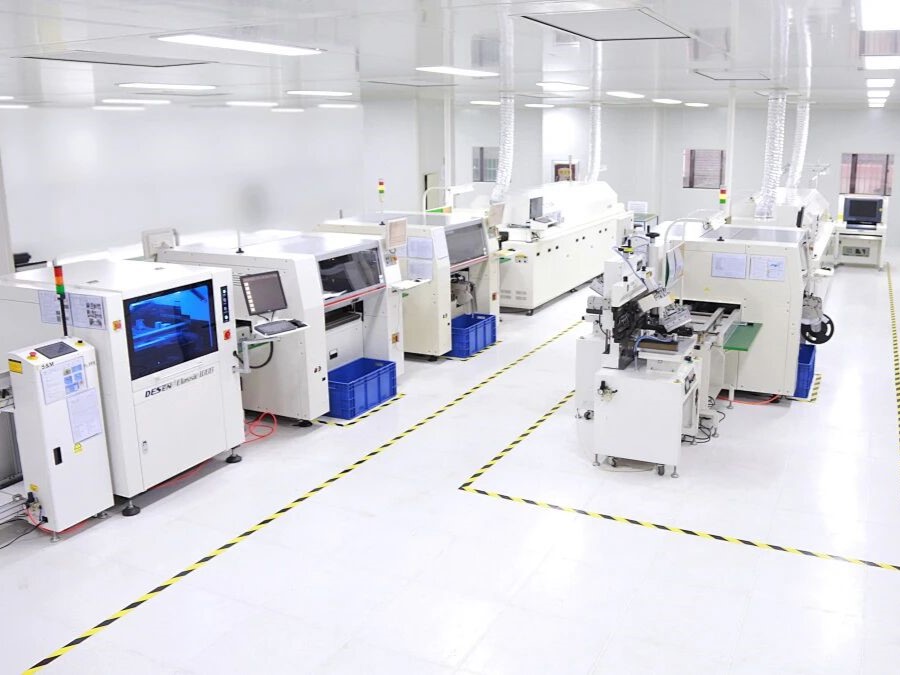


Preface
When the chip manufacturing process breaks through 3nm, mRNA vaccines enter thousands of households, and precision instruments in laboratories have zero tolerance for dust - cleanrooms are no longer a "technical term" in niche fields, but an "invisible cornerstone" supporting high-end manufacturing and the life and health industry. Today, let's break down the five hot trends in cleanroom construction and see how these innovative codes hidden in "dust-free spaces" can reshape the future of the industry.
Five hot trends unlock the password for industrial upgrading
1. High cleanliness and precision competition from standard to ultimate. In the semiconductor workshop, a particle of 0.1 μ m dust (about 1/500 of the diameter of a human hair) can lead to chip scrap. Cleanrooms with advanced processes below 7nm are breaking the industry limit with ISO 3 standards (≥ 0.1μ m particles ≤1000 per cubic meter) - equivalent to allowing no more than 3 particles of dust to exist in a space the size of a football field. In the field of biomedicine, "cleanliness" is engraved into DNA: vaccine production workshops need to pass the EU GMP certification, and their air filtration systems can intercept 99.99% of bacteria. Even the protective clothing of operators must undergo triple sterilization to ensure "no trace of people passing through and no sterility of objects passing through".
2. Modular construction: Building a cleanroom like building blocks, which took only 6 months to complete in the past, can now be delivered in 3 months? Modular technology is rewriting the rules:
(1). The wall, air conditioning unit, air supply outlet and other components are prefabricated in the factory and can be "plug and play" on site; (2). A vaccine workshop has doubled its production capacity within one month through modular expansion; (3). The detachable design reduces the cost of space reorganization by 60% and easily adapts to production line upgrades.
3. Intelligent control: a digital fortress guarded by 30000+sensors
When traditional cleanrooms still rely on manual inspections, leading enterprises have built an "Internet of Things neural network": (1) The temperature and humidity sensor controls fluctuations within ± 0.1 ℃/± 1% RH, which is more stable than laboratory grade incubators; (2). The particle counter uploads data every 30 seconds, and in case of abnormalities, the system automatically alarms and links with the fresh air system; (3). TSMC Plant 18 predicts equipment failures through AI algorithms, reducing downtime by 70%.
4. Green and low-carbon: transition from high energy consumption to near zero emissions.
Cleanrooms used to be a major energy consumer (with air conditioning systems accounting for over 60%), but now they are breaking through with technology: (1) The magnetic levitation chiller is 40% more energy-efficient than traditional equipment, and the electricity saved by a semiconductor factory in one year can supply 3000 households; (2). Magnetic suspension heat pipe heat recovery technology can reuse exhaust waste heat and reduce heating energy consumption by 50% in winter; (3). The reuse rate of wastewater from biopharmaceutical factories after treatment reaches 85%, which is equivalent to saving 2000 tons of tap water per day.
5. Special Craftsmanship: Design details that go against common sense
The inner wall of the high-purity gas pipeline has undergone electrolytic polishing, with a roughness Ra<0.13 μ m, smoother than a mirror surface, ensuring a gas purity of 99.9999%; The 'negative pressure maze' in the biosafety laboratory ensures that the airflow always flows from the clean area to the contaminated area, preventing virus leakage.
Cleanrooms are not just about "cleanliness". From supporting chip autonomy to safeguarding vaccine safety, from reducing energy consumption to accelerating production capacity, every technological breakthrough in cleanrooms is building walls and foundations for high-end manufacturing. In the future, with the deep penetration of AI and low-carbon technologies, this' invisible battlefield 'will unleash more possibilities.
Post time: Sep-12-2025

